People are now able to add precious metals into their retirement accounts as part of their strategies to diversify their portfolios. This account is managed by a brokerage or a certain company, which requires both an IRS-approved depository and a custodian to handle everything and to evaluate the investments’ suitability. See more about a depository on this site.
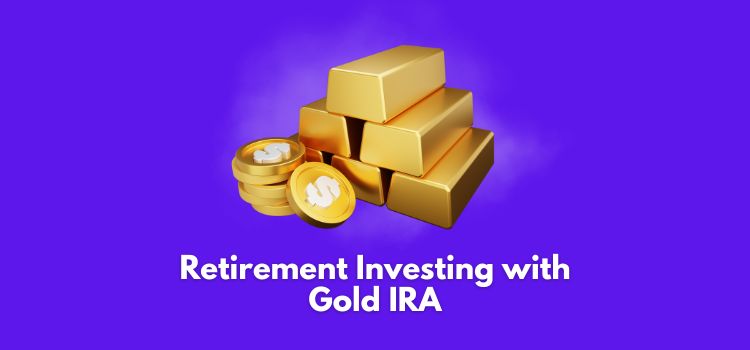
Investors can take advantage of several tax benefits with these self-directed accounts. When they are going to choose the traditional SDIRA, they can put gold, silver, platinum, and palladium in their retirement account with pre-tax dollars, and they are only taxed when they make withdrawals or the required minimum distributions. A ROTH IRA allows them to put post-tax dollars in their account, and all their earnings and future RMDs will not be subjected to taxes.
For those who want to minimize their risks but maximize their returns, account holders are now seeking non-traditional but tangible assets to add to their growing investments. Aside from common stocks, exchange-traded funds, CDs, mutual funds, and bonds, others want to have a buffer in case of a sudden economic collapse.
Everyone is now getting into alternative assets that let them invest in gold bullion, mining stocks, art, cryptocurrency, or real estate, which can allow them to grow more. The point of SDIRAs is that as long as you know what you are getting into, everything should be fine.
Gold bars and coins are becoming popular as tools for investments today because they have a record of retaining their value during times of recession, high inflation, and economic collapse. Below are the other pieces of information that you need to know about investing in an IRA.
All About a Precious Metal IRA
Individuals who decide to invest in glittering and long-lasting bars and coins are now able to do so with their IRA. You can learn about the Goldco gold IRA process in the link provided and see if this investment is suitable for you.
Know that if you are planning to invest in SPDR Gold shares or index, as well as the stocks of various gold companies, you can do so with your traditional account, and there is no need to open an SDIRA in the process.
For those coins, you will have to follow the rules of the IRS regarding the fineness and purity of the bullion to avoid penalties and additional taxes.
What is the Process Like?
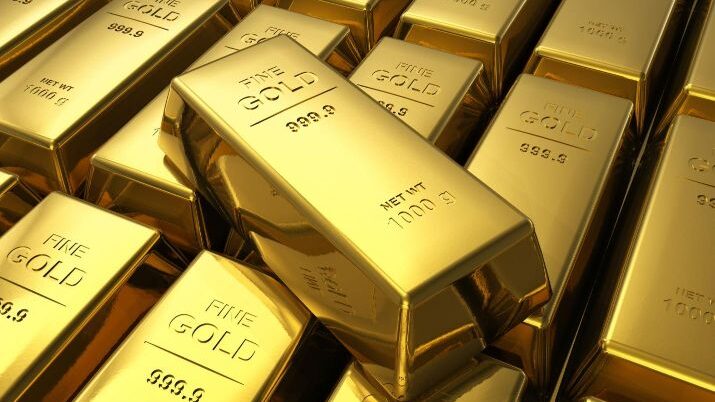
1. Look for a Qualified Custodian First
You might find it easy to get a custodian with mainstream individual retirement accounts, but it can be challenging to deal with those who are exclusively handling precious metals and other alternative assets. Fortunately, a quick online search will help reveal those companies, and you can choose a trustee who has been operating in the industry for decades.
Popular companies are still getting mentioned in aggregate sites, and you can read reviews about them to see if they are legitimate. Look at factors like their accountability, fees, track record, and transparency before investing your hard-earned money in them. See info about track records at this link: https://www.merriam-webster.com/dictionary/track%20record.
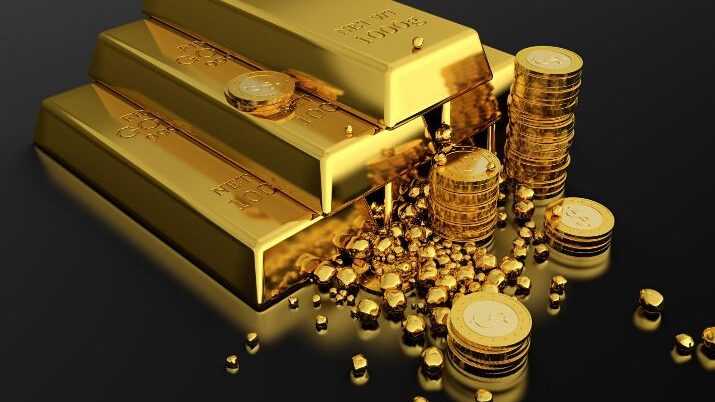
2. Rolling Over the Funds
Start funding the newly opened IRA through direct deposit, or you can rollover some of your current 401k into a new SDIRA. Make sure that you are meeting the annual contribution limits set by the IRS, and in 2023, this has been adjusted to $6,500 for people under 50 years old while it is $7,500 for those who are older.
Rollovers are going to follow the same format and rules that go into a ROTH or traditional IRA. As an example, pre-tax funds that will go to a ROTH will be subjected to additional taxes first, while you are not going to have any deductions when you transfer them into a traditional precious metals IRA.
3. Buying Gold or Silver of your Choice
After you have the money in your account, the next thing to do is to buy the stamped bars and coins that adhere to the strict rules of the government. Ask your custodian about the qualified metals and take note of the prices while you are facilitating the transaction. Complete the approval process with the help of the broker and sign the paperwork after the payment has been sent.
Trustees generally oversee these transactions, but the Securities and Exchange Commission advises the investors that the custodian is not going to be responsible for doing the due diligence in your preferred broker or seller. You can ask them for recommendations, but ultimately, the decision to buy from a certain dealership will fall into your hands, so research this process beforehand.
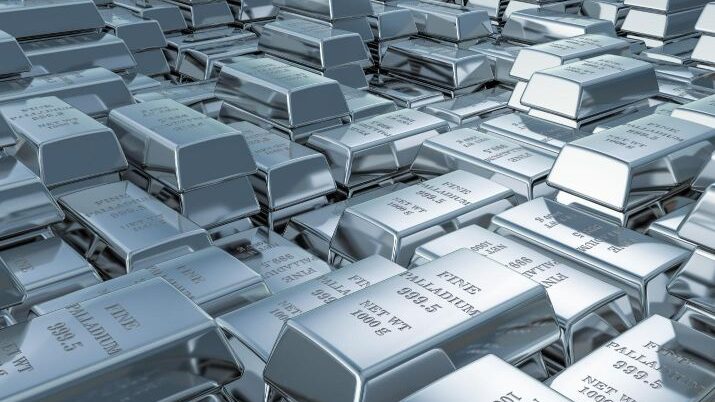
4. Call and Make Arrangements with the Right Depository
It is not allowed to store your glittering gold and silver in your home, bank, or just anywhere of which you can think. Instead, you need to call an IRS-approved depository that is insured and secured, and this is going to be where your metals are shipped and stored until they are sent to your home after you withdraw them.
Those who are caught keeping the gold bars in their home can be subjected to penalties if they have not reached the right age yet, or they might be asked to pay additional taxes for the bullion that should be allocated in their traditional gold IRA. The Delaware Depository Company or the HSBC are some of the more common options, but you can always get something else if you have your preferences.
5. About the Withdrawal Process
When you are eligible to reap the rewards of working hard for years, you will have the option of getting all of the gold coins and bars sent to your home or a different location of your choice after reaching the right age. You can also sell it back to the brokerage, and by that time, the value might have appreciated, but this is not a guarantee.
A traditional IRA lets you make RMDs at age 72, and each of these withdrawals is taxed regardless of whether they are voluntary or required. Penalties of around 10% are going to apply to people who have not reached the age of 52 ½ at the time of their required minimum distributions.
On the other hand, a ROTH account does not have any taxes on withdrawals or RMDs, but the same penalty applies when you withdraw before reaching the required age. Any new purchases and withdrawals are going to be tracked by your preferred company and remember that this is a long-term investment. This is why you need to choose a brokerage that has a track record of success, especially when it comes to successfully facilitating the withdrawals of their clients.
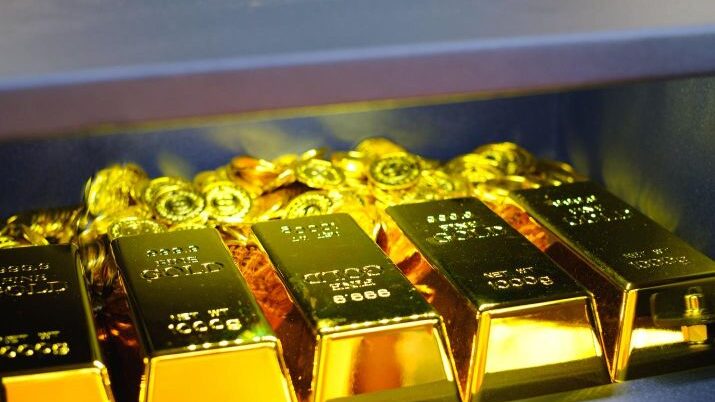
What Should You Include in your IRA?
Gold should meet a minimum fineness of around 99.5%, while others will have their specification. You can find out more about this metal at this URL. The eligible assets that you can include in your account should be produced by an accredited government mint, refiner, manufacturer, or assayer. Bars like the PAMP Suisse, platinum, gold, and silver are allowed, but collectible coins may be prohibited.
Options available for the rounds include the American Gold Eagle, Gold Buffalo, Canadian Maple Leaves, and many more. Check with the custodian about those Krugerrands, Pre-1933 gold, or a palladium metal that has less than 99.95% fineness because they are generally NOT qualified.
Why Invest in Gold?
People are asking about why they should go through a lot of trouble in opening a new IRA, and these are valid questions. However, know that the economy cannot provide the security and the stability that so many are subscribing to, and when you want to have insurance during turbulent times, it is best if you could invest in an asset that you can hold or touch. Other reasons why precious metals are a sound investment are the following:
Act as a Hedge Against Inflation
Gas, food, clothing, housing, and others continue to increase their prices, and as inflation is rocking the economy of various countries, you need more than just paper assets to survive. Gold bars and coins can be valuable components if you want an asset that can also increase in price when the commodity values are soaring. Many believe that this is not going to stop anytime soon, so you need to safeguard your portfolio as early as today.
Precious Metals is a Store of Value
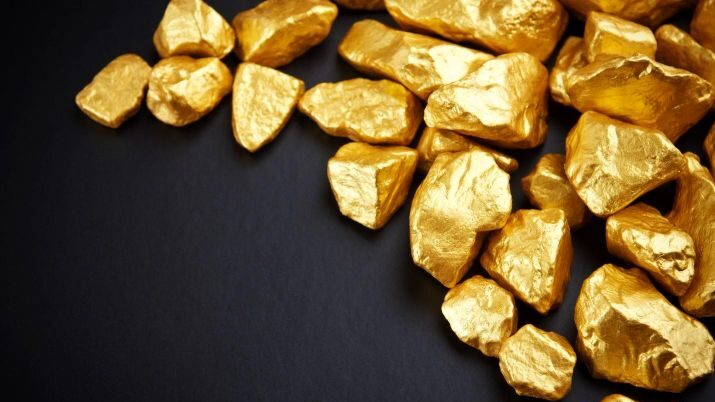
Company stock prices can easily go to zero, and this is the same with cryptocurrency. Banks can file for bankruptcy, and you could lose your life savings overnight if you are not careful. Fiat money can be increased by the government and when there is more circulation out there, it can result in disasters. You might want to invest in something that cannot easily be replicated or printed, and this is where gold comes in.
Metals are considered to be finite resources, and for centuries, they were able to hold their value regardless of what happens to the market. Until today, they are still valuable in many industries, and they can be a good storage when the bear market suddenly appears. You can also diversify your holdings because gold has a near-zero correlation with bonds and stocks. Allocate around 10% to 15% of your portfolio to more tangible assets and research the companies that you are investing in for the best results.